-
×
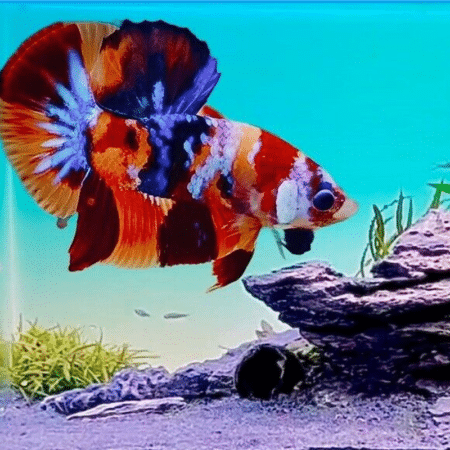
-
×
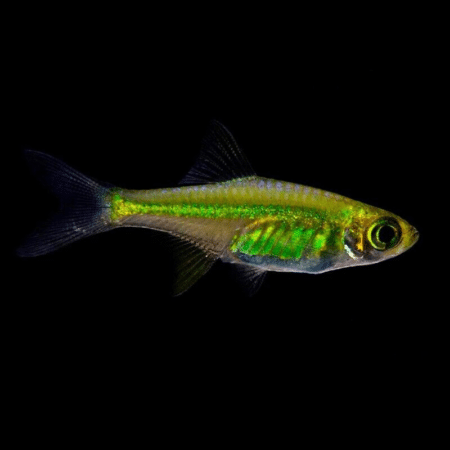
-
×
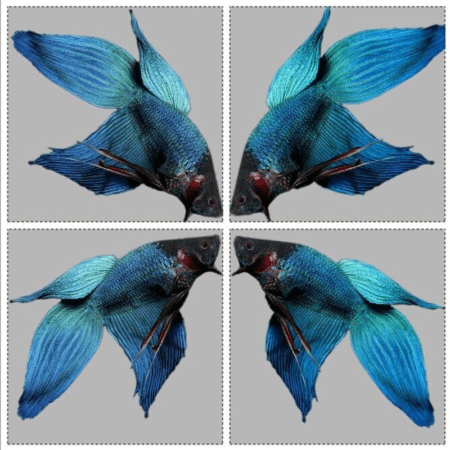
-
×

-
×

Subtotal: £163.55

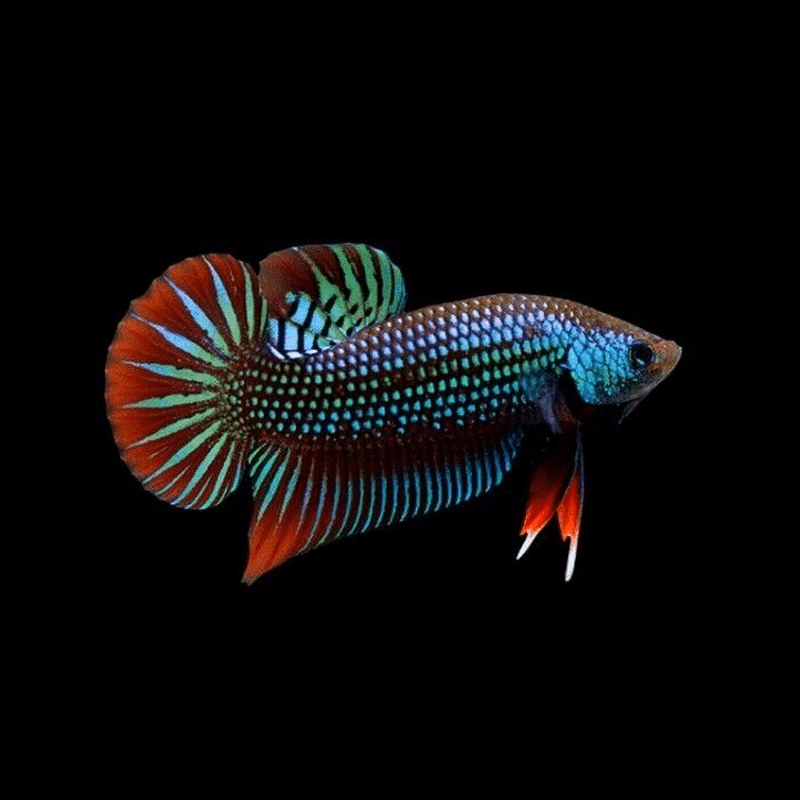
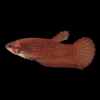










Emily Carter (verified owner) –
I recently added a Betta Imbellis to my aquarium, and I can’t express how thrilled I am with this beautiful fish! After keeping various Betta splendens over the years, I was looking for something more peaceful, and the Crescent Betta has truly exceeded my expectations. From the moment I introduced him, he settled in beautifully and started exploring his new home without any signs of aggression.
I’ve had him for about two months now, and he’s such a joy to watch as he gracefully swims through the plants. Unlike my previous Betta fighters, this peaceful betta interacts well with my other fish. He’s not territorial at all, which has made my community tank a much happier place!
If you’re looking to keep Betta Imbellis, I recommend providing a well-planted tank with plenty of hiding spots; they appreciate that. My only minor concern is that he enjoys floating plants but it can be tricky to find the right balance. Overall, I would highly recommend Betta Imbellis for anyone wanting a stunning, less aggressive alternative to traditional Betta splendens. You won’t regret it!